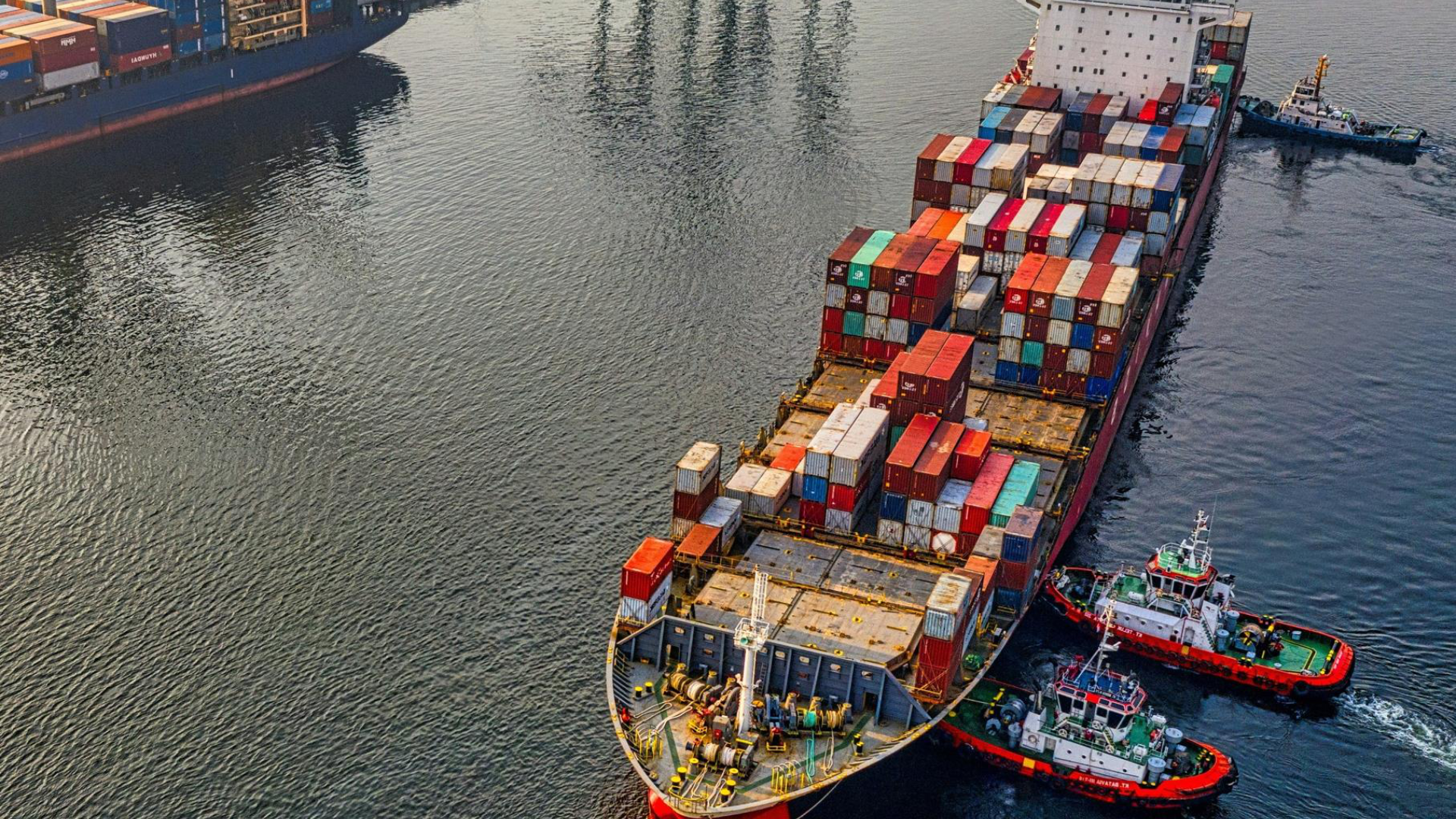
EQuIP Tool 0 – How to use the EQuIP toolkit
2024 | Author(s): UNIDO
#Training Academy
This tool offers a contextual overview of current debates on industrial development, with a specific focus on the SDGs and industrial policy. It aims to clarify the toolkit’s purpose in evidence-based industrial policymaking.
